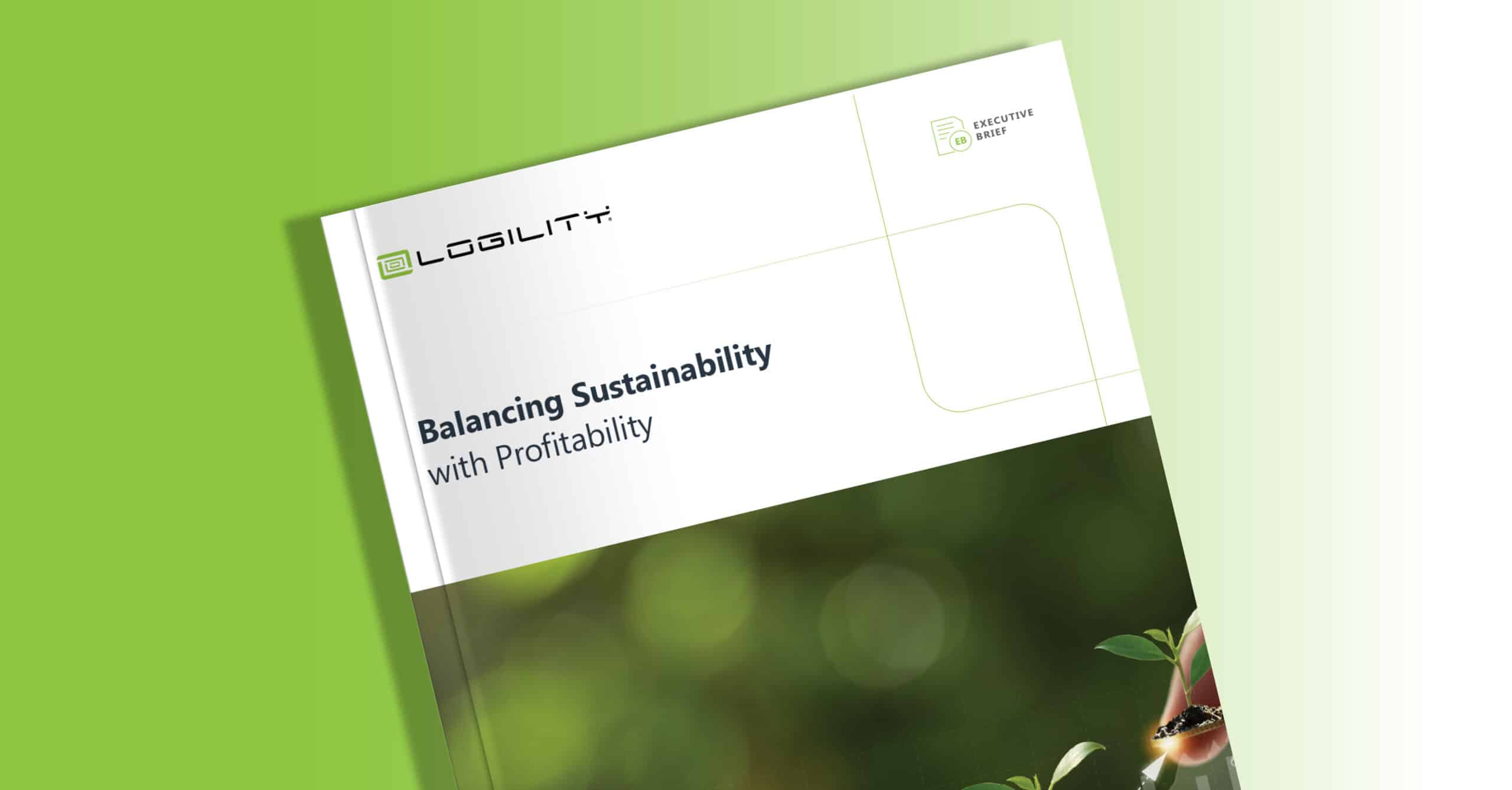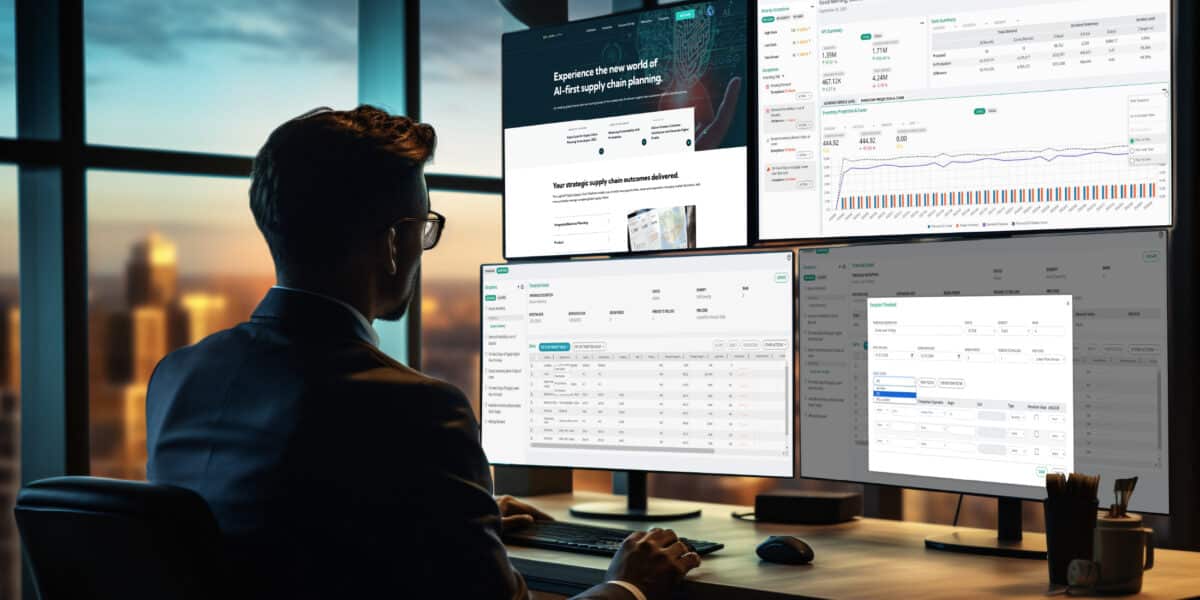
Disruptions are the norm in supply chain planning leaders. Customer demand and expectations are persistently evolving and increasing in complexity and risk, creating challenges and disruptions unlike anything businesses have encountered before.
And the stakes are intensifying. Gartner research reveals that 60% of chief supply chain officers (CSCOs) are under pressure to make real-time decisions faster, more accurately, and consistently. Yet, few have a sales and operations planning (S&OP) process, as well as the reporting tools and integrated, coordinated network of partners, that’s comprehensive and responsive enough to keep up.
Attending this year’s North American and European Gartner Supply Chain Symposium and Xpo, it’s clear that digital supply chain initiatives are critical to modernizing the supply chain function. The premier gathering of trailblazers and industry experts – including Logility customers PPC Flexible Packaging and DENSO Corporation – discussed three top trends driving key initiatives that are pushing the boundaries of the global supply chain.
Plan for sustainability purposefully
Supply chain planning leaders are becoming more accountable for delivering well-defined environmental and social sustainability key performance indicators – most focused on Scope 3 categories.
“Today’s organizations are quickly moving beyond greenwashing, and many companies worldwide are integrating sustainability into the fabric of their supply chain operations. This push is especially strong in the European Union with some of the recent legislation,” says Lisa Henriott, senior vice president of Product Marketing at Logility.
While tackling all 15 categories all at once is unlikely for most organizations, supply chain leaders can select the most relevant ones for their function and business to get started. Access to publicly available environmental, social, and governance (ESG) information can be leveraged throughout the planning process.
But that’s the first step: the supply chain must also communicate and collaborate on that information to fully enhance the S&OP process to not only mitigate risk but also support sustainability improvement.
For example, DENSO Corporation connected advanced analytics to its ERPs, CRMs, and business intelligence applications to transform data into meaningful insights. The automotive part manufacturer now takes appropriate actions to expand the sustainable impact of its S&OP process while simplifying and accelerating enterprise-wide reporting and auditing of published goals.
“We can now decide when to act to mitigate risk in the future. By visualizing our future stock levels, we can prepare for economic shifts in each region such as inflation, trade restrictions, and geopolitical events – as well new sustainability compliance mandates and changes in our competitive landscape,” reports Mark Turk, Demand, Inventory, and Supply Planning Manager at DENSO Corporation.
Step up decision-making by rethinking S&OP processes
Well-known, traditional planning paradigms – like integrated business planning, S&OP, and sales and operations execution – are rapidly becoming outdated and replaced with a more holistic approach. Supply chain planning leaders are orienting their operations toward a greater focus on people, processes, and decisions.
According to Gartner, this level of decision-centric planning is challenging supply chain organizations to rethink how they plan for the future and use technology as an enabler. Scott Baldwin, vice president of Sales at Logility, is also seeing more companies take action by “tying together their planning, forecasting, and replenishment activities into a unified platform for collaboration and efficiency.”
For PPC Flexible Packing, customer collaboration is the name of the game. Angie Taylor, vice president of Sales Operations at PPC Flexible Packaging, shares that “[external customers] have a way of looking at information to help them make their best calls on future planning. By creating those views and insights for them, we are enabling the success of others while helping itself plan the business for long-term growth.”
Although changes in people’s behavior don’t come naturally, enabling technology is a critical success factor. “Technology may only contribute to 10% of the S&OP effort itself,” Taylor observes, “but without the right technology, 90% of these initiatives are probably doomed to fail.”
Overcome uncertainty with resilient supply chain planning
The gradual obsolescence of traditional planning tactics is largely due to its inability to cope with complexity and uncertainty. Instead, supply chain planning leaders need a more resilient approach that uses and combines new and emerging technologies.
An immediate need for most supply chains, especially in the food and beverage industry, is to prevent constrained availability of their products at a time of intense and unpredictable changes in weather conditions worldwide. Producers are impacted by poor yields in the fields, soaring costs in growing and transporting crops, and fewer growers to source from. Meanwhile, logistics services are navigating more intense storms, deteriorating roadways, and overcrowded ports.
“With a macro-view of climate impacts, supply chain planning leaders can create more-effective processes and best practices to respond to these risks,” mentions Mark D’Cruz, director of Business Consultant at Logility. “This results in an intersection of people exhibiting the right behaviors and sustainable business processes built around best practices and enabling technology.”
Balancing Sustainability with Profitability Executive Brief
Curious about the latest supply chain sustainability practices? Download one of our top executive briefs today!
Free Download


